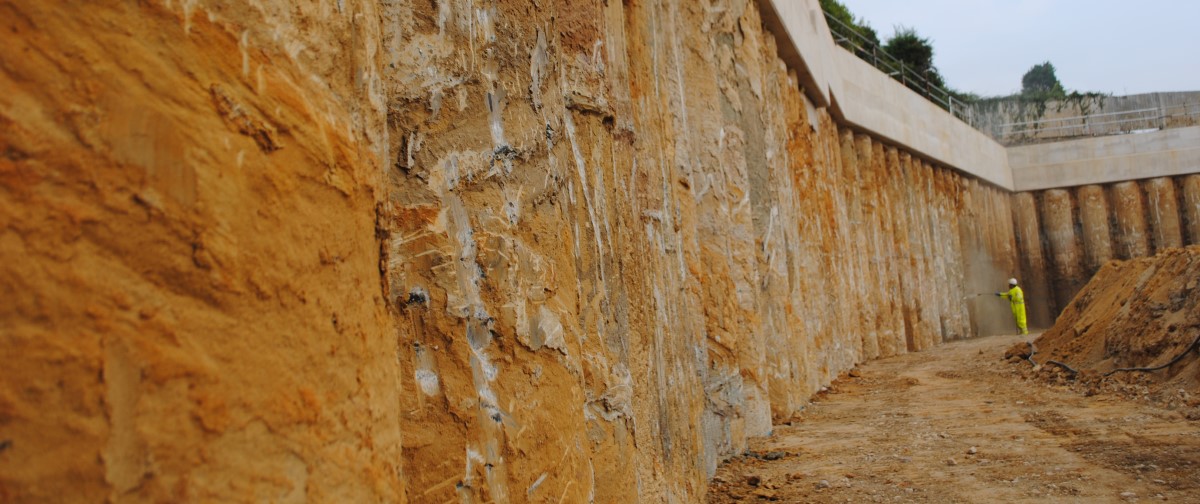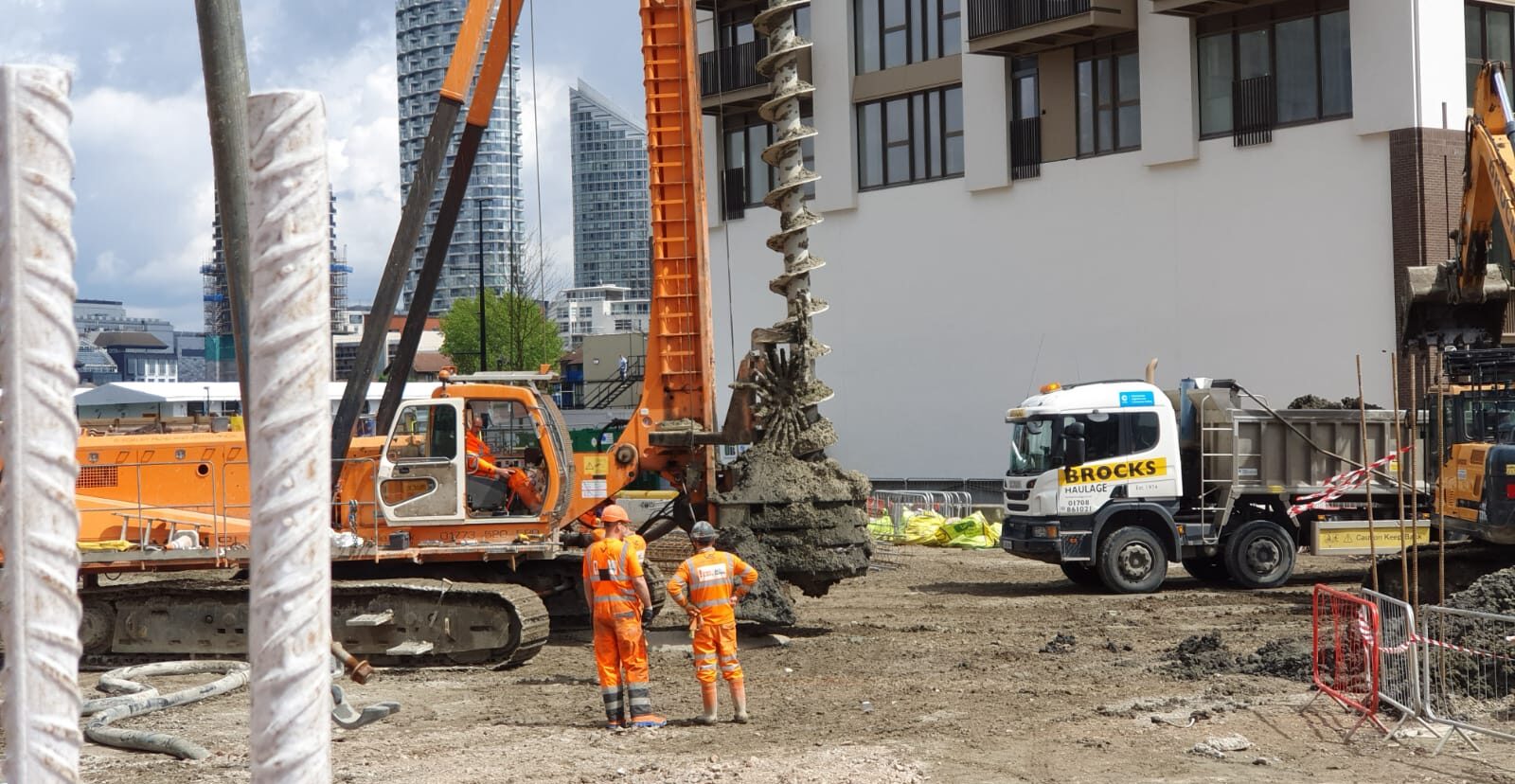Retaining structures are used for temporary and permanent excavation support, including basements, and are designed to provide safe working areas, to protect adjacent structures and to stabilise natural and man-made slopes on infrastructure and building projects.
What are retaining structures?
Retaining structures are used for temporary and permanent excavation support, including basements, and are designed to provide safe working areas, to protect adjacent structures and to stabilise natural and man-made slopes on infrastructure and building projects.
The design and choice of construction method must consider the ground and groundwater conditions; the height, or depth, of the wall; if the wall will form part of a permanent structure and have vertical loads imposed on it; and any adjacent structures that need to be protected.
We offer innovative, commercially viable solutions using our internal design house and modern installation and extraction techniques to deliver complex sheet piling packages.
Van Elle offers a complete range of temporary and permanent retaining structure solutions, including: –
- King Post Walls – Are permanent or temporary retaining walls, which are formed by installing steel H-beams, Universal Columns (UC’s), or sometimes universal channel sections into rotary bored, CFA or SFA piles. Concrete precast, prestressed or timber panels are subsequently installed between them to allow for earth retention
- Steel Sheet Piled Walls – Steel sheet piles are manufactured as hot rolled sections with U or Z profiles. The interlocking sections are designed as both temporary and permanent works for retaining structures in both land based and marine environments
- Contiguous Bored Piled Walls – A contiguous bored pile wall is a retaining wall consisting of concrete bored piles, with or without ground anchors, installed in a linear configuration with typical spacing of 150mm between consecutive piles installed as a retaining structure
- Secant Piled Walls – Is a bored pile retaining wall formed by installing interlocking primary and secondary piles to form a homogeneous continuous retaining structure incorporating a capping beam. Secant pile walls are flexible in shape and design compared to diaphragm retaining walls and offer a significant lateral strength advantage compared to that of sheet piled walls
A capping beam is installed to form a continuous homogeneous retaining structure that can incorporate ground anchors or temporary propping to provide additional lateral support. Depending on ground conditions retaining walls can be installed as a cantilever or a propped cantilever wall, with or without ground anchors.

